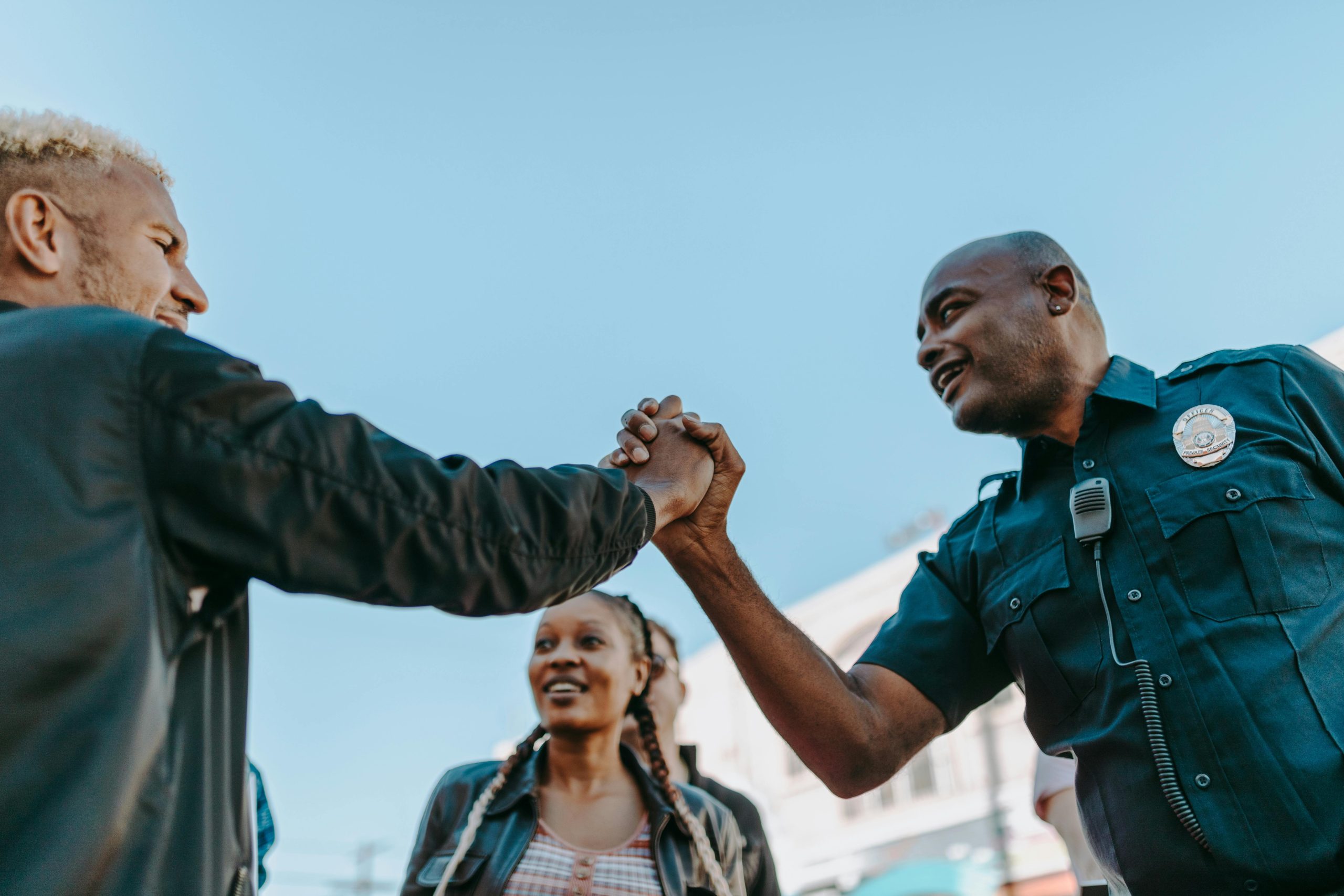Effective crowd safety relies on thorough risk assessment, clear access control, and well-trained staff ready to respond to emergencies. Combining technology with coordinated efforts ensures smooth event flow and quick incident management. Applying proven security strategies protects attendees while maintaining a welcoming atmosphere, balancing safety with a positive experience.
Core protocols for ensuring event security and crowd safety
Every effective event security plan starts by answering three tactical questions: What are the main threats? What controls reduce these risks? How will teams coordinate under stress? Visit this link to learn more. Precision in risk assessment reveals where venues are most vulnerable from unauthorized entry points to unmanaged crowd density. Industry standards in 2025 require rigorous documentation and continuous review of protocols, as outlined by Martyn’s Law, obliging organisers to perform advanced and scenario-based risk assessments. For example, mapping hotspots using security logs or previous event data allows teams to prioritize camera placement and staffing.
Also to read : Essential crowd safety strategies for effective event security
Crowd control techniques demand a proactive, layered approach. Setting up physical barriers (like modular fencing) paired with clear directional signage and real-time flow analysis prevents dangerous build-ups and allows rapid intervention. Evacuation route planning should always include designated muster points and unobstructed pathways, regularly rehearsed with all staff. Detailed access control methods go beyond ticket checks: RFID wristbands, biometric gates, and visible staff presence at critical junctions create an environment where bottlenecks are minimized and threats are quickly spotted.
Maintaining a dynamic monitoring network is essential. Surveillance camera placement must cover entry and exit points, emergency exits, and any areas with limited visibility. AI-powered analytics scan for abnormal behavior such as sudden crowd surges or trespassing. Communication protocols link frontline personnel with control rooms through encrypted radios and mobile apps for instant incident reporting. Maintaining security logs ensures all actions, alerts, and responses are documented, forming a foundation for both compliance and post-event evaluation.
In the same genre : What Strategies Can UK Businesses Employ to Enhance Their Service Models?
Coordinated emergency response planning ties all elements together. Each event must define alarm triggers, delegate authority for real-time decisions, and instruct staff on handling unauthorized access, medical emergencies, or fire evacuations. Collaboration with law enforcement and medical teams, rehearsed through multi-agency exercises, reinforces readiness. Ultimately, the strength of event security lies in constant vigilance, skilled teamwork, and the integration of evolving technology and best practices.
Training, coordination, and technology for effective event management
Building a trained and prepared security team with clear roles and protocols
Security personnel training is foundational each team member must understand their role, incident response, and regular protocol updates. Recurrent security personnel training includes situational awareness, first aid, and crowd density management. Security shift scheduling is optimized to ensure that every area is staffed continuously, with clear handovers and escalation routes. Dedicated VIP protection strategies are established with staff briefed on tailored procedures and swift communication across security communication systems.
Leveraging real-time surveillance, communication tools, and checkpoint design for threat interdiction
Surveillance technology usage is critical for real-time threat detection. Strategic security checkpoints layout (equipped with metal detectors, bag checks, and visible staff) deters unauthorised access and supports crowd density management. Surveillance technology usage includes CCTV, AI-enabled cameras, and integrated security software solutions that send automated alerts to security communication systems. Security personnel monitor feeds continuously, coordinating crowd density management and incident response through encrypted radios and mobile security apps.
Coordinating with law enforcement and emergency agencies for multi-layered protection
Coordination with local law enforcement and emergency services forms a protective network. Joint drills, regular communication, and agreed protocols for VIP protection strategies ensure timely intervention. Security shift scheduling is aligned with expected crowd flow peaks, and security software solutions provide actionable analytics and facilitate post-event evaluation.
Modern tools, compliance, and situational adaptations for safer events
Perimeter security setup and robust attendee screening processes are the frontline of risk mitigation. The SQuAD method highlights that effective answers require event organisers to position physical barriers, monitor entry points, and employ bag checks or metal detectors. These perimeter security setup controls prevent unauthorized access and channel crowds through staffed checkpoints, bolstering crowd safety and threat detection. The combination of visible and discreet measures, including the use of body-worn cameras, provides ongoing documentation and acts as a deterrent against disruptive incidents.
The use of drones for monitoring extends surveillance coverage beyond static cameras. Drones patrol perimeters, offering live feeds during critical incidents and assisting security teams with rapid assessments. Cybersecurity for event registration now commands strict attention data encryption, network segmentation, and unique staff credentials form the backbone of data privacy compliance. Identity authentication and health screening best practices, including temperature checks where warranted, must be seamlessly incorporated without delaying access.
Legal considerations for security staff and up-to-date licensing requirements for security staff directly underpin compliance. Controlling vendor access and rigorous training ensures only verified individuals enter sensitive zones, further supported by the latest use of body-worn cameras. Each measure adapts to event-specific needs while meeting regulatory frameworks, helping safeguard both guests and staff.





